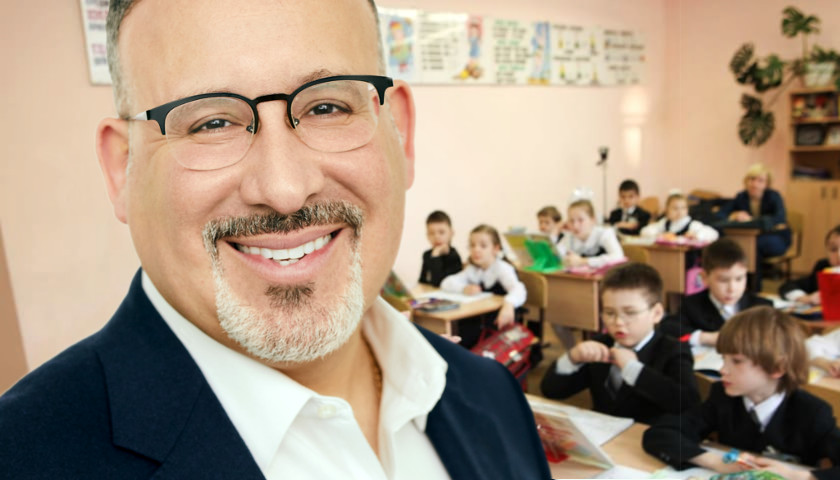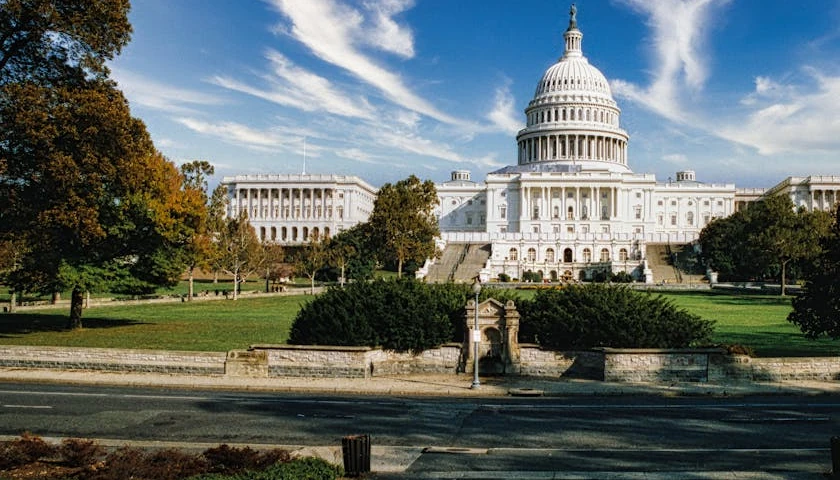by Edward Ring
It’s hard to imagine a worse time for public education in America. The COVID-19 pandemic has cost millions of K-12 students a year of education, and Joe Biden has been elected president. At a time when innovation in public education is needed more than ever, Biden has appointed Miguel Cardona to serve as Secretary of Education.
To understand why Cardona, who previously served as Connecticut’s education commissioner, is not going to improve schooling in America, just consider the endorsements he’s received.
From Becky Pringle, president of the National Education Association: “He promises to respect the voice of educators as we work to safely reopen school buildings, colleges, and university campuses, while also forging a path to transform public education into a racially and socially just and equitable system . . . .”
From Randi Weingarten, president of the American Federation of Teachers: “He’s made strengthening public education and fighting for equity his life’s work . . . Dr. Cardona, a former AFT member, will transform the Education Department to help students thrive, a reversal of the DeVos disaster of the last four years.”
If the leaders of America’s two biggest labor unions representing teachers are enthusiastic about Cardona, you may rest assured America’s K-12 education will not improve. Ponder their buzzwords. “Respect the voice of educators.” “Transform public education into a racially and socially just and equitable system.” “A reversal of the DeVos disaster.”
The only thing disastrous about the DeVos years was that she had to deal with an implacable, hostile federal education bureaucracy, limiting her accomplishments. But DeVos did no harm. With Cardona at the helm, expect attacks against school choice at the federal level to resume in earnest.
Fixing public education can take many forms. The libertarian solution which, as usual, wastes a lot of energy because it will never happen, is to privatize all schools. The theory, apparently, is that wealthy individuals and gigantic corporations will pick up the tab for schools in low-income cities, and parents of middle income and above will happily pay private school tuition. To be fair, this scheme would probably work better than what we’ve got. But even if you accept the economic model, and are indifferent to a total fragmentation of K-12 education, there are overwhelming logistical and political obstacles.
Privatization isn’t the only way to introduce healthy competition into America’s system of K-12 public schooling, however. There also are charter schools and voucher programs. Both of these are considered mortal threats by the unions that control public education in America today, which means they are great ideas.
Charter schools receive public funds, but are largely independent of the school districts in which they are located. They are typically not employing unionized faculty, which means teachers are accountable to principals and can be fired if they aren’t delivering results. Parents are able to remove their children from charter schools as well if the schools aren’t delivering results. This additional accountability is the reason charter schools, overall, have delivered superior educational outcomes while costing less per pupil to operate.
School vouchers, or education savings accounts (ESAs), also rely on public funding, but according to a program where the money follows the student. Parents can enroll their children in private, religious, charter, or traditional public schools, and use either a voucher or funds from their education savings account to pay the tuition.
School vouchers and ESAs offer a more sweeping solution, since they permit public funds to be allocated, at the choice of parents, not only to charters and traditional public schools, but to all schools including private and religious ones. These vouchers can also be directed to virtual school operators, or virtual operators working in partnership with the burgeoning micro-school or pod school movement, and in some cases even with homeschoolers.
If there is one thing that Miguel Cardona can be counted on to do, it will be to oppose any expansion of charter schools or voucher programs. At a time when innovation in education has never happened so fast, Cardona will be a staunch union operative, shutting down school choice wherever and however he can.
In the United States there are around 7,000 charter schools serving not quite 3 million K-12 students. This represents about six percent of all students. The state with the highest percentage of charter school enrollees is Arizona, at 16 percent. Some states, including Alabama, Kentucky, Montana, Nebraska, North Dakota, South Dakota, Vermont, Washington, and West Virginia, have no charter schools at all. Union-dominated, deep blue California, surprisingly, has nine percent of its K-12 student population enrolled in charter schools, although recent legislative attacks are, at the very least, going to keep those numbers from increasing.
The proliferation of vouchers, ESAs, and tax credit scholarships in the United States lags well behind charter schools, with barely over 500,000 student participants so far. Of these, the majority are recipients of tax credit scholarships, which do nothing to benefit low-income families.
Rollout for vouchers has been hindered not only by the unions, but by tepid iterations whereby state legislatures are willing to enact ESAs for, say, learning-disabled students, but are afraid to make them available universally. Nevada has gone furthest in making ESAs universal, with 93 percent of students could qualify if the program were fully implemented. Florida has the largest ESA program in terms of participation, with about 12,000 enrollees. But these are small numbers.
Altogether, less than 7 percent of the K-12 students in America have any choice whatsoever. The rest are condemned to attend unionized public schools where they are increasingly subject to indoctrination instead of education, where teachers cannot be held accountable for poor performance, and the union dominated management claim the only path to improvement is to spend more. But there is an alternative.
Red state legislatures, or citizens directly in the 24 states that allow citizen legislation via ballot initiative, can pass laws empowering charter schools and voucher/ESA programs. Here are the general points that would need to be covered in such enabling legislation:
Implement Vouchers and ESAs
1) Create education savings accounts for every K-12 student.
2) Credit these accounts annually with each student’s pro rata share of K-12 education funding.
3) Let parents of K-12 students direct that money to a participating school, whether it’s a public, charter, or accredited private or parochial school.
4) Any unspent money will accumulate to be used for college, vocational, or any other accredited educational expense.
Empower Charter Schools
1) Expand chartering authority to include the state board of education, any county board of education, any school district school board, and any public or private accredited university.
2) Grant charters for 10 years to help charter schools secure financing to build or remodel facilities.
3) Remove all caps on the number of charter schools, or the number of charter school students.
4) Support of pod schooling or micro-schools will not be a disqualification for virtual charter schools’ applications.
5) If an application for renewal is denied by the local district, charter schools will have the right to appeal to any county, state, or university-based authorizing entity.
6) A charter school application or renewal cannot be denied based on the financial impact it will have on the school district in which it is located.
If any issue could attract bipartisan opposition to Biden’s progressive agenda, this is it. Citizens should mobilize and demand education reform. The teachers’ unions now have a friend in the White House, but they’d better watch out. The grip these unions have on America’s public schools, and the damage they’ve done especially over the past year, is something that parents are not going to tolerate. And it won’t matter what political party they belong to, or what various progressive values they cherish.
Education reform is a pathway towards realigning American politics. Get busy.
– – –
Edward Ring is a senior fellow of the Center for American Greatness and co-founder in 2013 of the California Policy Center.





